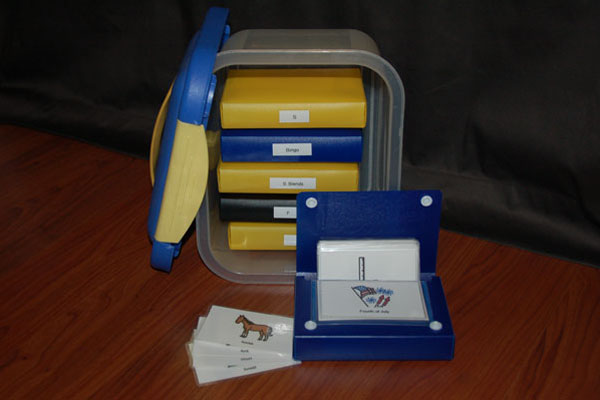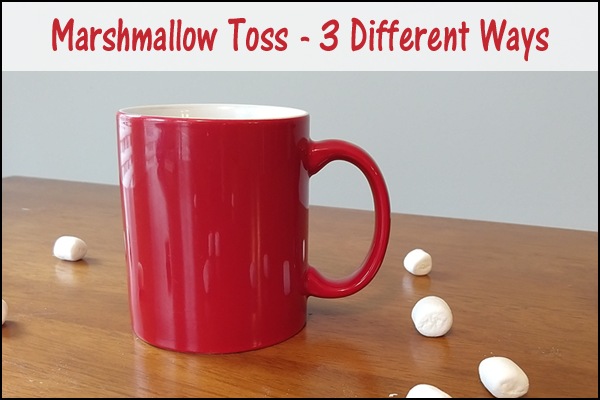Home Programs That Actually Get Done- 8 Keys that Make ALL the Difference
Home programs…groan. You have to make one. The parent has to fit it into an already busy schedule (and face the guilt that comes with not doing it). Trust me, I know. I’ve now been on both sides of this one. As a parent with a child in two different therapies, I found that we are very consistent with one home program and, well, the other one is miserably lacking in our house. Why the extreme difference? Well, I started thinking about it, and this is what it came down to… one is very specific and has been established into our daily routine, while the other is general “suggestions” that rarely cross my mind once we are out of the therapy room.
Here are the 8 things that parents would ask for if they knew to…
1. Start simple. Begin with one task. Once that is established in my family’s routine, then add another.
2. Tell me exactly what to do. Be specific. Please don’t just give me suggestions of things that would help. Demonstrate the activity with my child, so I better understand what is expected and how to correct mistakes.
3. Tell me when to do it. Should we practice once a day or twice a day? Offer ideas of when to build it into my family’s routine (e.g., in the car after school, after dinner, before bed). Once it is part of our routine, it will get done much more consistently.
4. Tell me why. Explain to me why we are working on this goal. Let me know why this practice is important and what difference it will make.
5. Tell me how long to do it or how many repetitions we should do. If it is a timed activity, build it up gradually. If you tell me I have to find an extra twenty minutes a day for this, it probably won’t happen. But tell me to start with one minute today and add a minute each day until we reach ten minutes, and I’ll probably find the time (and it will begin to be part of our routine). Later we can move to fifteen and then twenty minutes, if necessary.
6. Write it down. Write down all of the above information. When I leave your office, I may forget parts of the program or start to question myself about the details. (Plus, having the written paper will remind me to do it!)
7. Make it visual. Give me a chart for my child to put stickers on each time we practice and then have us bring it back to the next session. It is amazing what this kind of accountability does for my child and for me!
8. Encourage me. Let me know that what I’m doing is making a difference. It will let me know that I really am helping my child, and will nudge me to continue the program even when it’s not convenient.
I hope this peek into a parent’s mind will prompt you to evaluate your home programs and possibly make some changes to make them more effective.
Leave a Reply
You must be logged in to post a comment.







Hi, These 8 suggestions to help parents are a fantastic idea. They help us in giving therapy, and also help parents to also be responsible for their child’s success in therapy. This is very helpful to me as an SLPA(Speech and Language Therapist Assistant. Thanks, it so nice to hear from a parents point of view.
Brenda Dancey
Mahalo for the KEYS, Becky! It is so important to listen to the parent and understand too, we all have “off weeks” where we have just too much on our plate. Go lightly then, and maybe give less work or easier things to do. It’s all about tweaking your plans at the last minute!
I use a TALKING BOOK (Black and white marble-top comp book but we glue two pages together). (I work with preschoolers and so calling it a Speech Book is just too “old.”) The parents are responsible for writing the things we do and for the home program…they write and they’ll remember to do it. The child can get a sticker when he brings the Talking Book to the next visit and shows/tells what they did for the week and then earns another after the session.
I work in a home-based intervention program but the parents must participate and be in the room at all times. By modeling and allowing them to take over, I can provide hints to what they are missing and give praise when they catch on and do the task correctly. I sometimes work with the child at their preschool so mom/dad are responsible to make sure the home program comes with them to their session. The Talking Book becomes a memorabilia of what the child has done. A 30 year old “x-preschool client” said the other day, “Hey, Aunty Genie! I still have my Talking Book, you know!” Kinda cool that it meant so much! :)